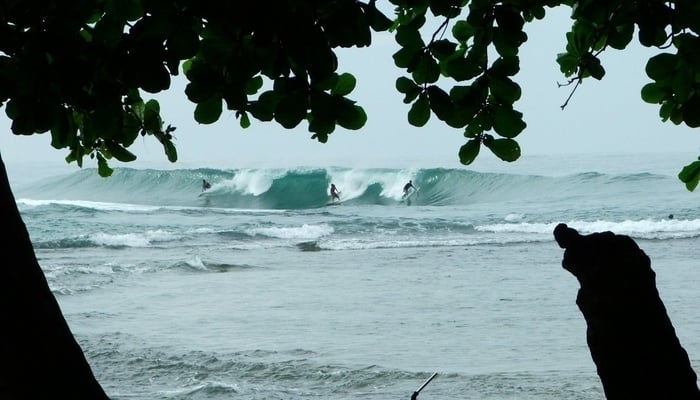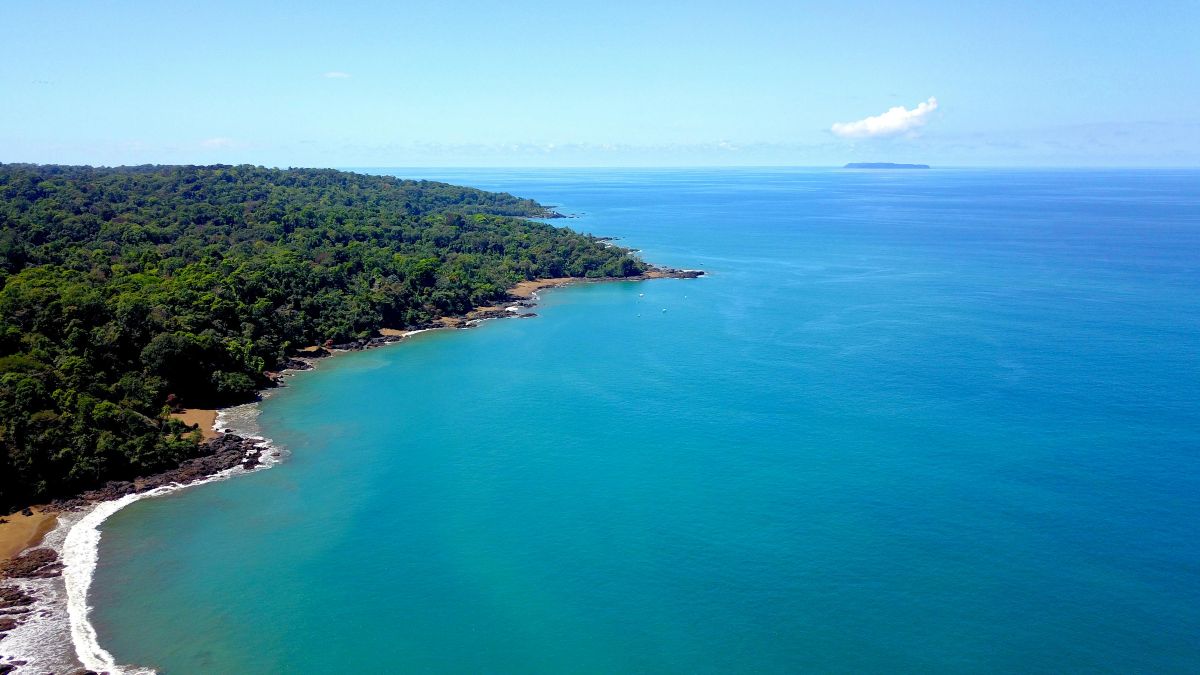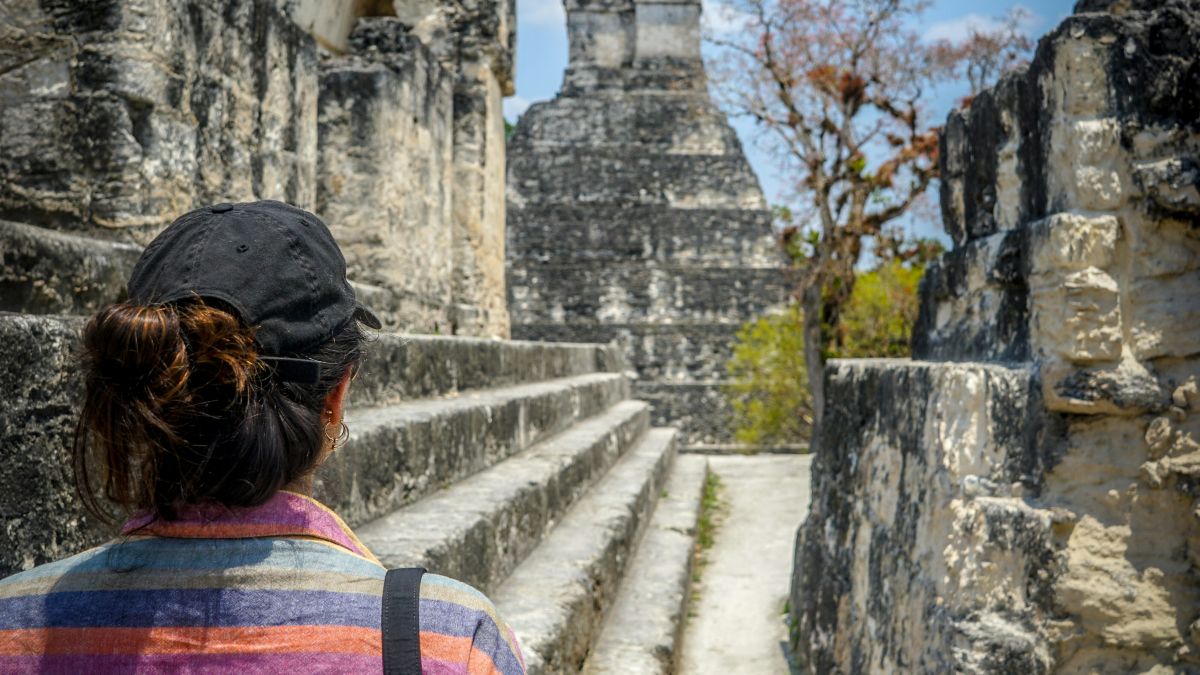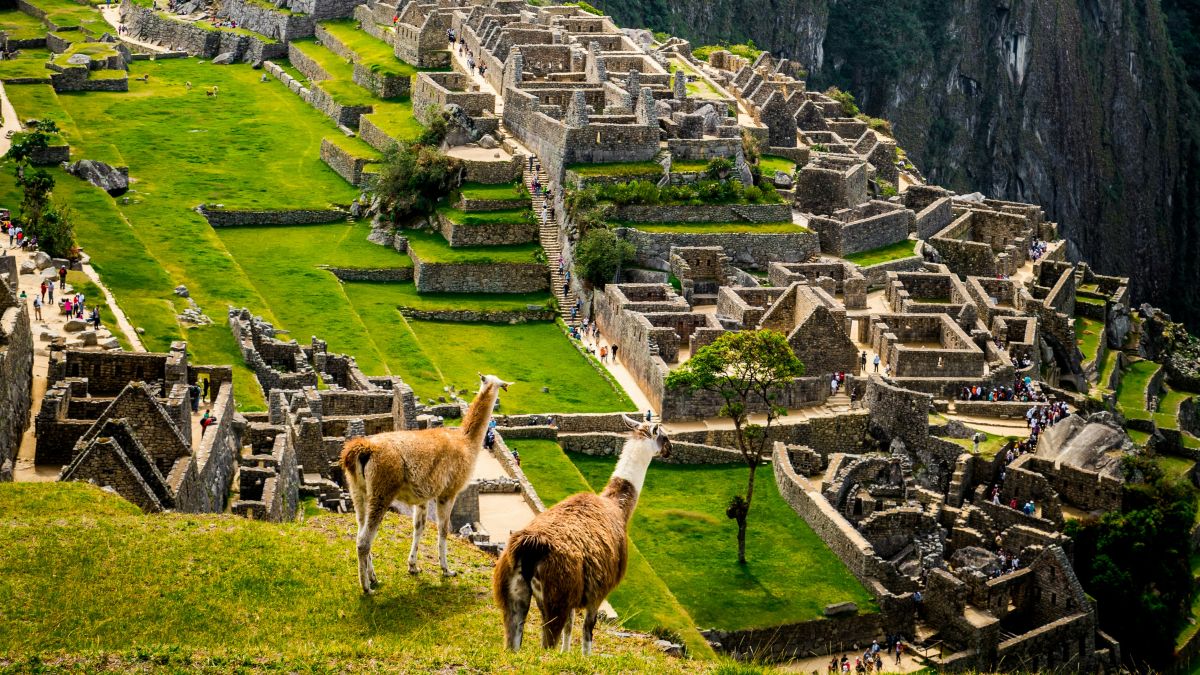Are you contemplating a Costa Rica surf trip? Visit Cahuita’s Cameron Guthrie says you should put the Caribbean side of Costa Rica in your plans. This article contains a link (or links) to Amazon, from which, as an Amazon Associate, this website will earn a small commission if you make any purchases. Some other links are also affiliate links, where we will also make a small commission if you purchase anything after clicking, at no extra cost to you.
Costa Rica is famous for world-class surf.
Surfers came for years looking for the perfect wave, but the catalyst was Endless Summer 2 back in 1994. That movie opened the gates and put Costa Rica surfing on the international map.
Nowadays, a quick “Costa Rica surf” Google search will yield an impressive list of hot-spot beaches and drool-worthy waves along the Pacific Coast.
If you scroll down, you might notice the Caribbean town of Puerto Viejo, although it’s easy to miss.
The reason is this surf village with a rasta vibe has resisted development by large resorts. Unlike many beach towns on the Pacific side, Puerto Viejo – and its near neighbor Cahuita – have not yet been mass-marketed for tourism.
You might assume the turquoise Caribbean is better suited for snorkeling than surfing. Well… at least not the surfing you get in the mighty Pacific, right?
But then you read about Puerto Viejo having “Costa Rica’s most powerful wave” and scratch your head in bewilderment. Say what? You dig a little deeper and discover Alan Weisbecker’s seminal “In Search Of Captain Zero“. You want to learn more.
Costa Rica’s Southern Caribbean coast teems with excellent surf spots, from beginner to pro-level. Puerto Viejo and Cahuita are both well-placed to check them out.
Any surfer will find both Puerto Viejo and Cahuita super chilled and laid back. The warm water and waves are almost never crowded.
A great example is Gabriele Cordoba Illusig, a rising star from Puerto Viejo. He’s been surfing these waves all his life and is now taking podiums in both junior and open classes across Costa Rica. Check out his video below:
Caribbean surfers often dominate the Costa Rica Surf Federation rankings across all classes. Female surfers from the Caribbean currently hold the #1 spot in all four age classes.
It’s hard to ignore that something significant is happening with surf in the Caribbean. It certainly has the Costa Rica surfing community talking, anyway.
Cahuita and Puerto Viejo are 15 minutes from each other and about four hours from San Jose by car.
Travelers come to both towns for the region’s distinctive cuisine, culture, nature, and surf. Lush green rainforest extends all the way to the beaches lined with coconut palms. The distinctive roar of howler monkeys echoes and sloths pass through the branches above.
In the streets you’ll hear both Spanish and Mekatelyu (Limon-Creole English, a dialect of Jamaican Patwa) spoken. Locals often transition seamlessly between the two in the same sentence.
Despite these shared factors, Cahuita and Puerto Viejo are different places with different vibes. You could call them siblings with distinct personalities.
Cahuita is the quieter of the two towns. It’s less-developed, has more wildlife, and is more family-friendly. Cahuita is home to the incredible Cahuita National Park.
Playa Negra (Black Beach), Cahuita
Playa Negra gets its name from the black sand that can sometimes appear as dark shades of purple or green. This uncrowded beach delivers waves that range from small to large throughout the seasons. Speak to the Cahuita Experience Surf School for board rental or surf lessons. Or stop in at Reggae Bar to ask a local for advice and have a drink. If you stick around, you’ll get live music and fresh Caribbean food in the evenings. It’s a great spot for surf watching, too.
Playa Blanca (White Beach), Cahuita
Playa Blanca, to no-one’s surprise, has white sand. It sits at the edge/inside of Cahuita National Park and has a shallow reef to one side and beach breaks as you go deeper into the park. These waves are larger and more hollow. The Bar and Restaurant Cahuita National Park faces perpendicular to the park and waves. From here you’ll get excellent views of the surfers in front while enjoying a 2×1 happy hour mojito from their patio on the sand.
Salsa Brava, Puerto Viejo
Old hand Costa Rica surfers will tell you this the most powerful, largest wave in the country. It’s a playground for experienced surfers, but get advice from locals before you attempt it. The shallow reef claims boards and blood from the unprepared. The “spicy sauce” as it translates, is near to the center of Puerto Viejo and spectators can enjoy the many bars and restaurants around like the Salsa Brava Beach Bar.
Playa Cocles, Puerto Viejo
Playa Cocles is a favorite spot for sunbathing and surf competitions. Surfers of all levels enjoy the shallow beach break. The current can be strong at Cocles so speak with the guys on the beach renting boards and giving lessons before entering the water. Tasty Waves Cantina is a favorite spot to enjoy gringo-styled food and drinks on this beautiful beach.
These are the main Caribbean beaches for surfing in Costa Rica.
But we have others if you want to explore this region more. Anyone looking for a Costa Rica surf trip with a difference should get in touch with Visit Cahuita for some Caribbean advice!
Cameron Guthrie lives in Cahuita, Costa Rica and runs remote team management company Already There. In his spare time he uses his passion for photography and videography to highlight Costa Rica’s Southern Caribbean region through his Visit Cahuita project.




